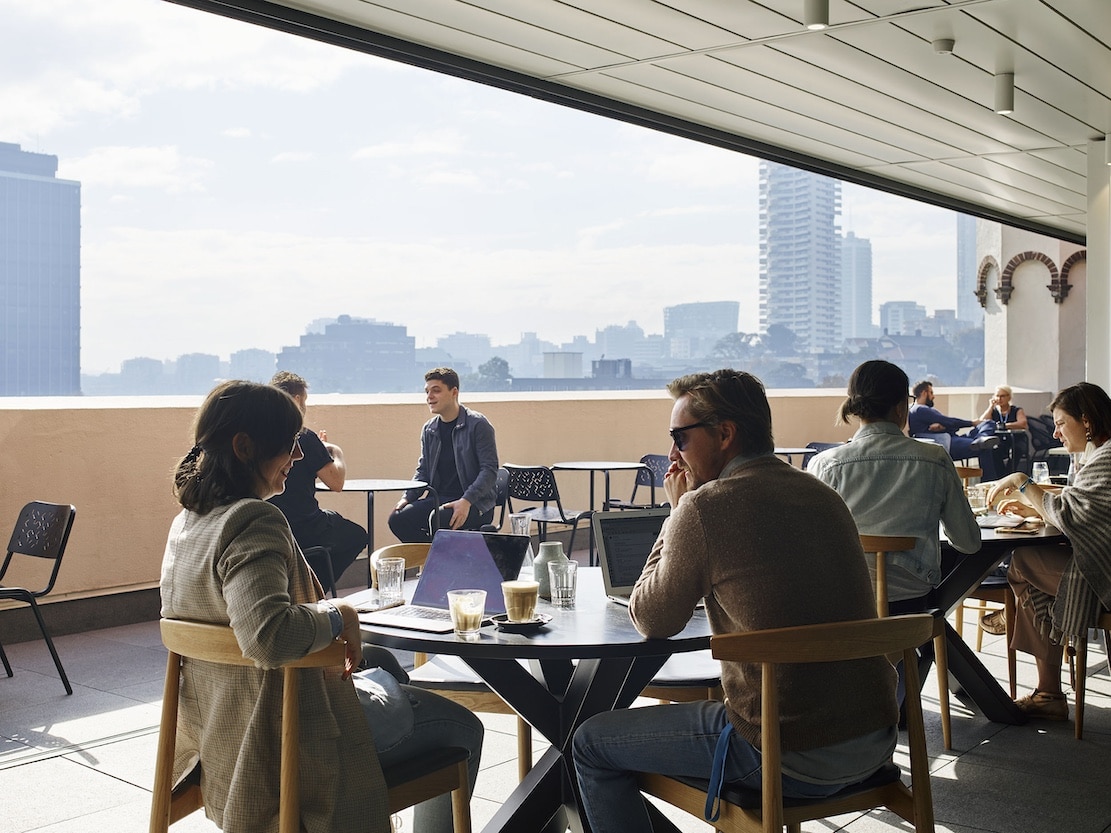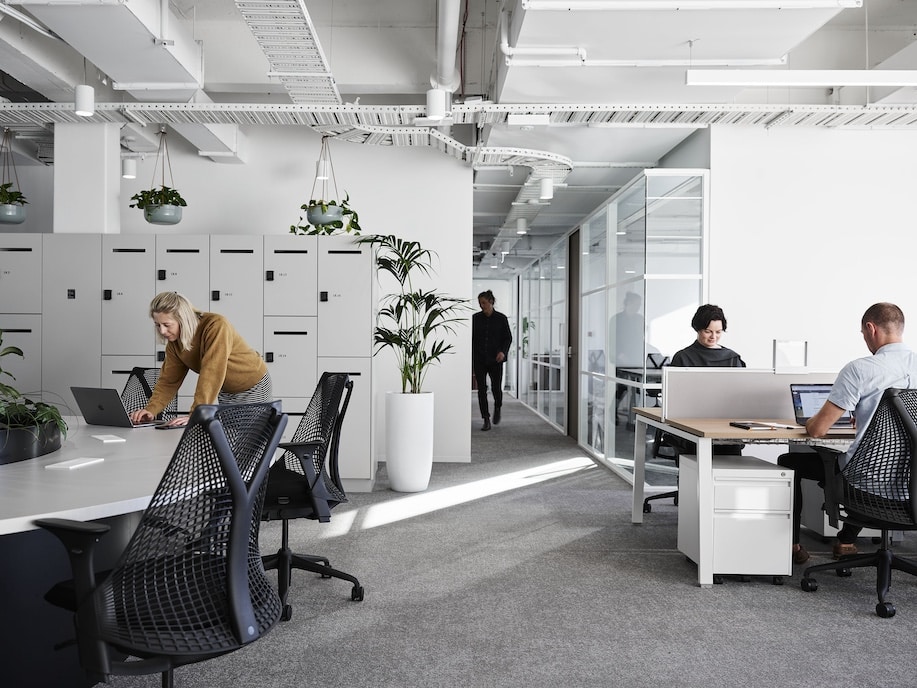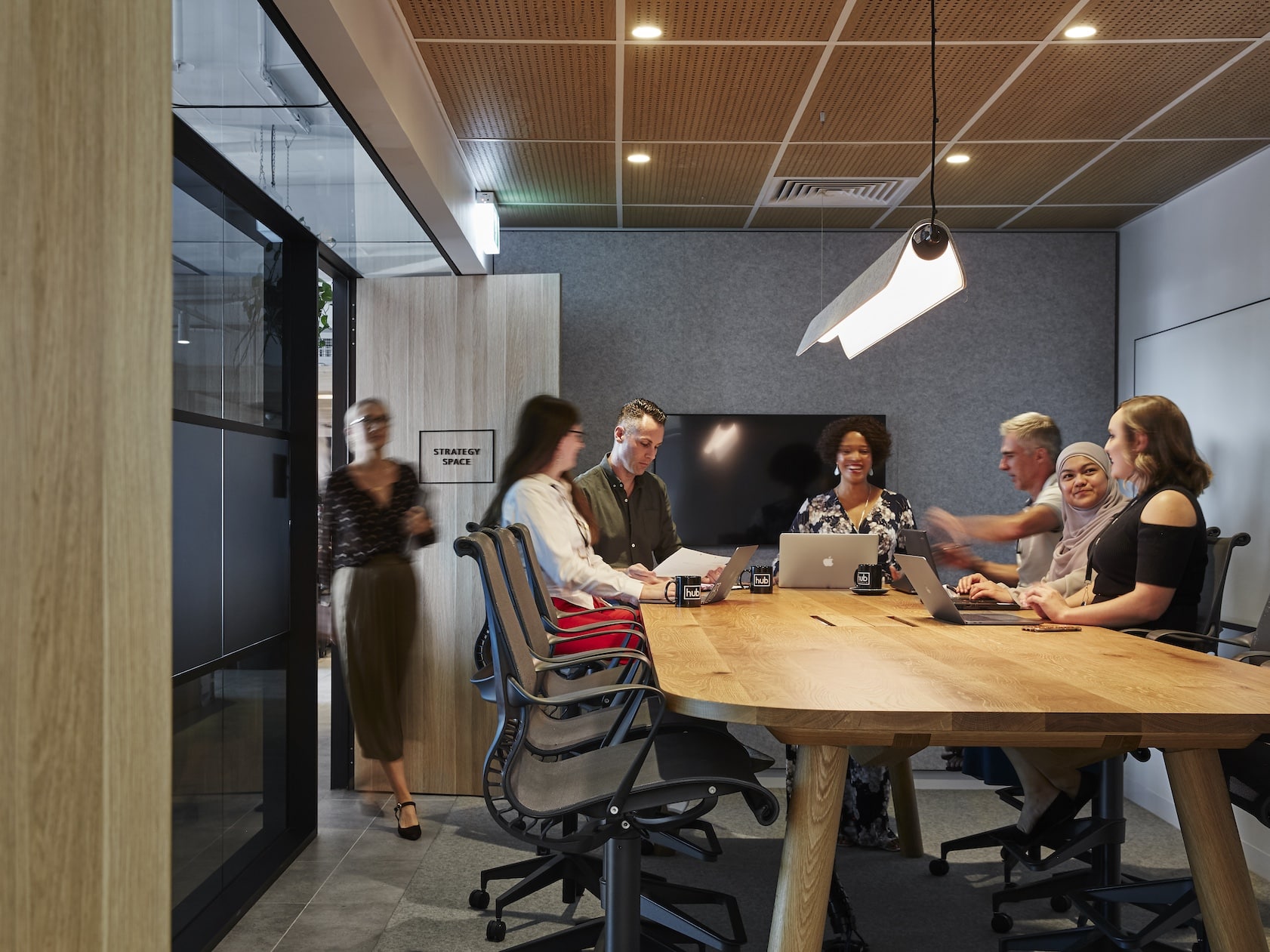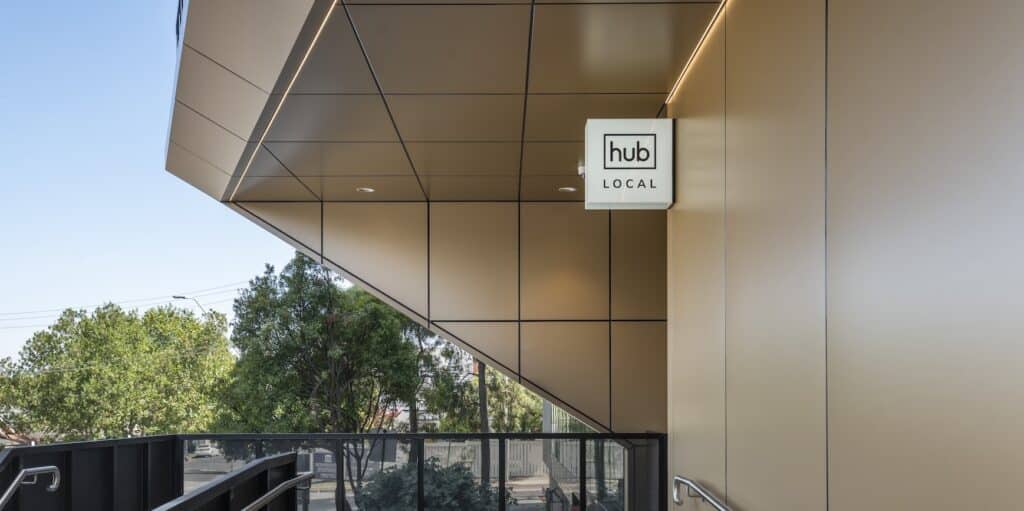Companies are increasingly recognising the importance of putting their employees’ health and wellbeing first. And workplace wellness programs are slowly but surely becoming a must-have in an organisation.
Yet, a recent Oxford University study suggested that such workplace wellbeing programs are in fact ‘a waste of time’ – and are not as effective as we think.
Is that true? If so, why are workplace wellness programs failing – and is there a way for us to get it right? In this article, we explore these and more.
Don’t settle for the clichés
A recent Oxford University study suggested that workplace wellbeing programs are ‘a waste of time and money’. According to its findings, workplace wellbeing offerings that are popular among employers – such as mindfulness apps, stress management, and relaxation classes – are simply not as effective as expected in boosting employee wellbeing.
That then begs the question: should we throw out workplace wellness programs completely?
According to Mick Baker, Head of People, Culture and Impact at Hub Australia, it’s a hard no – wellbeing at work shouldn’t be dismissed.
“From my experience, the effectiveness of wellness initiatives at the workplace is not something you can always quantify in terms of outcome,” he says. “But it’s always important to address wellbeing, especially since we spend so much time at work. And by giving people an opportunity to participate in something, it can spark a bigger conversation for that individual.”
Another way of looking at it? Perhaps these wellbeing programs are not effective because they’re just not planned and implemented right.
“Companies get it wrong when they settle for clichés,” says Rebekah Murphy, Chief Experience Officer at Hub. “Yoga is not a wellbeing strategy. And not everyone will want to participate in a yoga class, a mindfulness session or sound healing. Everyone in the workplace is different. And we need to cater to different needs and modes of wellbeing.
“So for a workplace wellness program to be effective, it’s important that we broaden the definition – which is exactly what we do at Hub. Our wellness services initiatives cover everything from progressional, mental, social and physical health.”

A holistic approach to employee wellbeing
At Hub, we unreservedly champion workplace wellbeing. And as leaders in workspace experience, we’re always looking for new and different ways to help our team and our members feel great, achieve more and be the best version of themselves at work.
But for a wellbeing program to be effective, it must be comprehensive and holistic.
“For both our internal Hub team and our members, we try to have different focus areas that appeal to different people,” Mick says. “These could be sleep, mental health and wellbeing, nutrition – the list goes on.
“Everyone has their own individual needs and desires, so it’s important that companies talk to their team to understand what’s important to them from a wellbeing point of view – then feed that into the programs they roll out.”
Put simply, a workplace wellness program is not just about ticking a box on the checklist. It has to come from a genuine desire and commitment to support the individual employee’s overall wellbeing and enhance their experience as part of the team.
The Social Connection in Australia’s 2023 report revealed that loneliness is a serious issue affecting Australians and their wellbeing, and Rebekah shares an example of how we try to address that in the workplace.
“We know that a lot of people are feeling lonely and disconnected these days,” she says, “so we’ve been focusing on facilitating social connection among our members – whether it’s through networking events, our Hub social gatherings such as RISE and RELAX, or member connection programs.
“It’s important that wellbeing programs address loneliness and inclusiveness, and here at Hub, we have a unique opportunity to bring together like-minded members in a variety of ways. Physical aspects of wellness such as yoga, exercise classes, breathwork and meditation are important, of course.
“But so are the other aspects such as social connection, community or financial wellbeing. Because if you’re financially stressed, for example, that impacts your mental health and general wellbeing. That’s why we need to provide access to a wider range of wellness support and tools.”

Supporting our members and staff
To better support our members and to help businesses support their teams, Hub Australia launched WorkWell and a National partnership with endota in 2023. WorkWell is a program of wellbeing services and initiatives dedicated to professional mental, social, and physical health.
From purposefully designed spaces with ambient natural light to thoughtful events that connect members with each other and the local community, WorkWell is our commitment to putting our members’ wellbeing first at every Hub location.
Some of our WorkWell initiatives include:
- Our annual WorkWell Week, a national series of events, talks, activations and brand partnerships that promote holistic wellbeing
- Recurring social events such as Hub’s RISE and RELAX events
- Member connection programs
- Wellness-focused amenities including relax rooms, quiet spaces, end-of-trip facilities, parents spaces, and move rooms
- Ample greenery and access to outdoor spaces and terraces
- Partnerships with local wellness brands, such as endota
Rebekah explains, “WorkWell highlights our commitment to the health and wellbeing of our members. We’re excited to develop new and exciting initiatives as part of this program. Wellbeing is a big focus here at Hub, and our aim is to create an environment that keeps both our internal team and our members healthy, happy and productive.”
Our ethos of providing a place for people to love where they work extends to our Hub employees too, which culminated in our certification as a Great Place to Work for four years in a row.
“The work culture of an organisation plays a big part in wellbeing as well,” Mick says. “And at Hub, we’re committed to building a work culture that is welcoming, accepting and supportive.”
And this is evident through our company values and perks: from a strong respect for work-life balance and boundaries; to professional development, lifestyle and wellness funds; to birthday leave and employee assistance programs.

An ongoing conversation and commitment
Perhaps the most important lesson to learn here is that wellness programs are not – and should not – be a once-off, tick-the-box-and-we’re-done kind of thing.
As Mick puts it, “You have to keep at it – and this is the challenge about wellness. Everyone does it with the right intention, but if you’re only looking at it just for the sake of having something for wellness instead of making it an ongoing program, that’s where it fails.”
And again, it’s crucial to keep the conversations going.
“Talk to your team,” Mick emphasises. “Find out what they need from a wellbeing point of view. Get their feedback regularly, and be ready to tweak your wellness offerings as needed.”
Rebekah agrees, adding that member feedback and research plays a large role in when we are developing wellness initiatives.
“We get member feedback about our wellness programs in a number of different ways – annual member surveys, post-event surveys, adhoc wellbeing questionnaires and one-on-one interviews are just a few examples of the ways we engage with members on their wellbeing needs. We also engage with wellbeing specialists and our wellbeing partners, like endota, to keep our programs fresh and relevant.
“We are constantly challenging ourselves to think outside the box and do what we can to support wellness and wellbeing at the workplace.”
Book a tour at any of our locations to see how we facilitate a wellness-focused experience for all Hub members.






